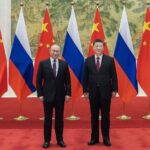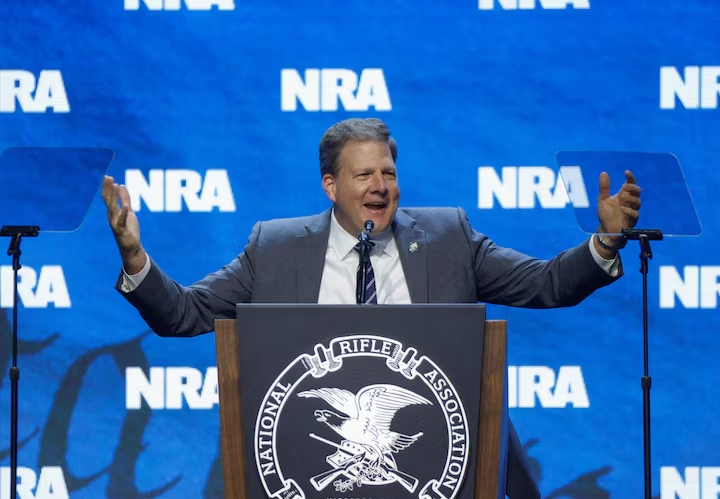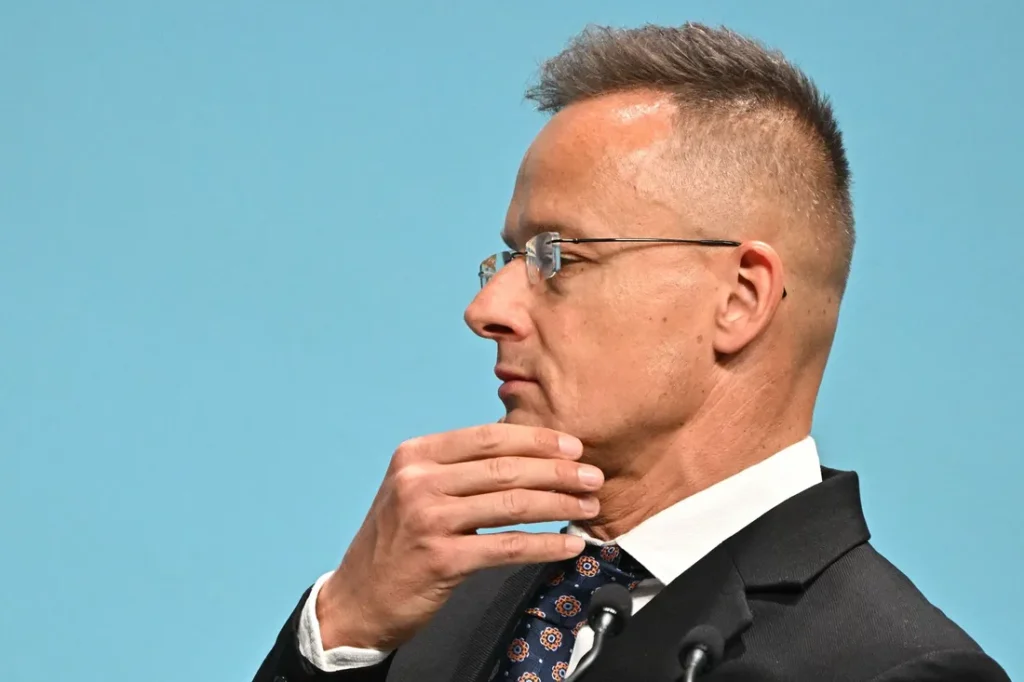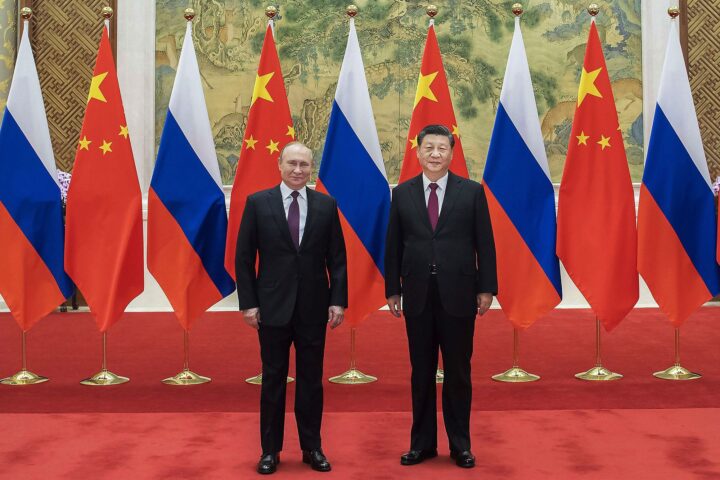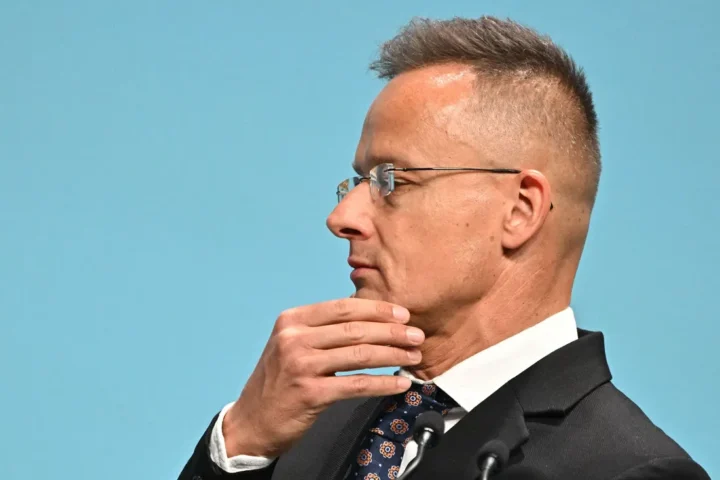Zelenskiy resists Trump’s push to drop Crimea and NATO ambitions as high-stakes White House talks test Ukraine’s sovereignty and global diplomacy.
When President Trump met with Ukrainian President Volodymyr Zelenskiy at the White House, the conversation took on a sharp and consequential tone. Trump publicly urged Zelenskiy to abandon Ukraine’s bid to reclaim Crimea and its aspiration to join NATO—moves that mark a significant shift in U.S. diplomatic posture and put Ukraine’s sovereignty at the center of a tense debate.
The backdrop: a war that has dragged on for more than three years, triggered by Russia’s invasion in 2022. In this volatile context, Trump’s message was clear—he positioned territorial concessions as preconditions for peace. This includes dropping claims to Crimea, annexed by Russia in 2014, and forsaking NATO membership. These pressures came just before Zelenskiy’s arrival in Washington, where European leaders also gathered to show solidarity with Ukraine and to push back against any notion of relinquishing hard-won territory.
Zelenskiy entered the meeting with a firm stance. He demanded meaningful security guarantees, not symbolic gestures, and ruled out compromise on core national issues. He called recent Russian strikes on Kharkiv and Zaporizhzhia “cynical,” suggesting they were timed to derail any peace prospects before negotiations even began. These attacks, which killed civilians including a child, underscored the cost of war and made territorial compromises more politically charged.
European leaders attending alongside Zelenskiy underscored a commitment to defend Ukrainian sovereignty. They stood with Kyiv not just in protests but at the table, insisting that any peace agreement include them and uphold Ukraine’s position. Trump offered the possibility of “NATO-style” security guarantees—but stopped short of membership. This distinction reflects a broader tension: the difference between support on paper and binding military alliances.
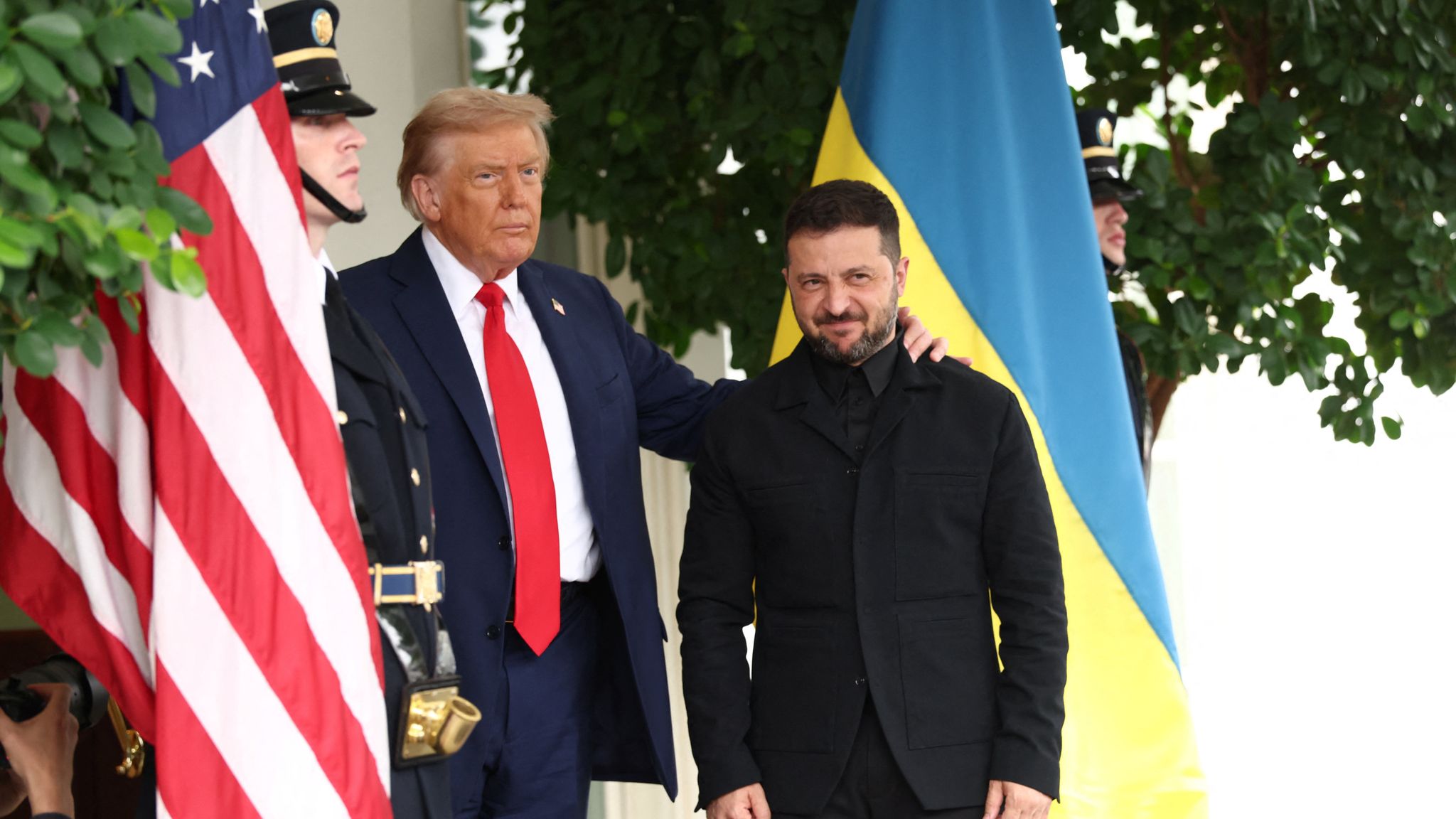
The implications of Trump’s demand are stark. Letting go of Crimea or abandoning NATO dreams risks undercutting Ukraine’s long-term defense and regional stability. Yet Trump framed it as an opportunity for an “immediate” peace, suggesting that these concessions might end the conflict swiftly. Zelenskiy did not waver. Negotiations, he insisted, must revolve around current realities—frontline positions, not past borders—as long as Ukraine sustains them constitutionally and politically.
The meeting doesn’t merely reflect two leaders locking horns—it signals a pivotal moment in how international actors view the conflict. For Ukraine, national identity and borders are no abstract ideals; they have personal resonance, embedded in laws and the Ukrainian constitution, which defines Crimea as “an inseparable part” of the country. For the U.S. and other global powers, the challenge is balancing peace ambitions with the commitment to democratic principles and territorial integrity.
Meanwhile, Russia’s intensifying assault on Ukraine further complicates the conversation. President Putin remains mute on Trump’s proposals, while Ukrainian resilience remains high. Whether Trump’s pivot leads to a breakthrough or fractures the alliance depends on much more than a handshake—it depends on whether diplomacy respects Ukraine’s right to its land.
In the end, these high-stakes talks brought into sharp relief the question: can peace be built on compromise of core values, or must it rest on strength and solidarity? For now, reporters, policymakers, and the public watch closely—aware that the outcome may rewrite the rules of diplomacy in the most dangerous conflict of our time.


